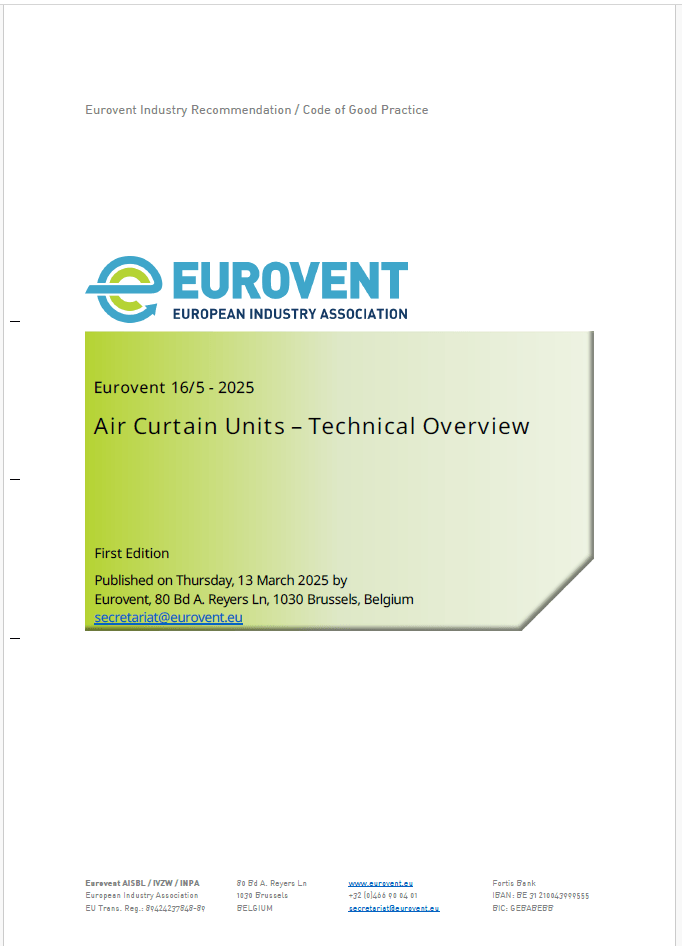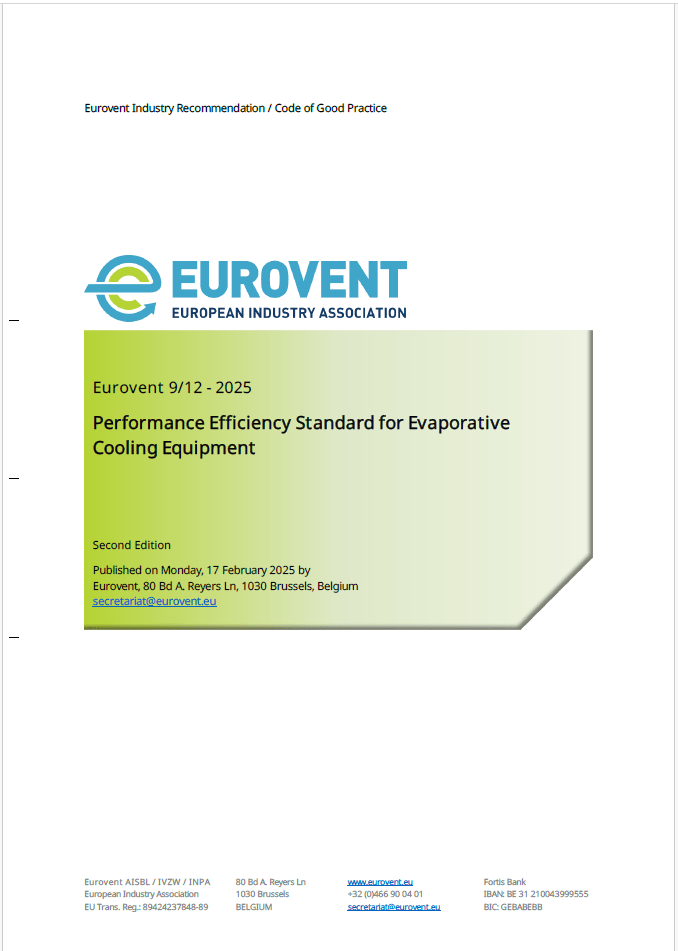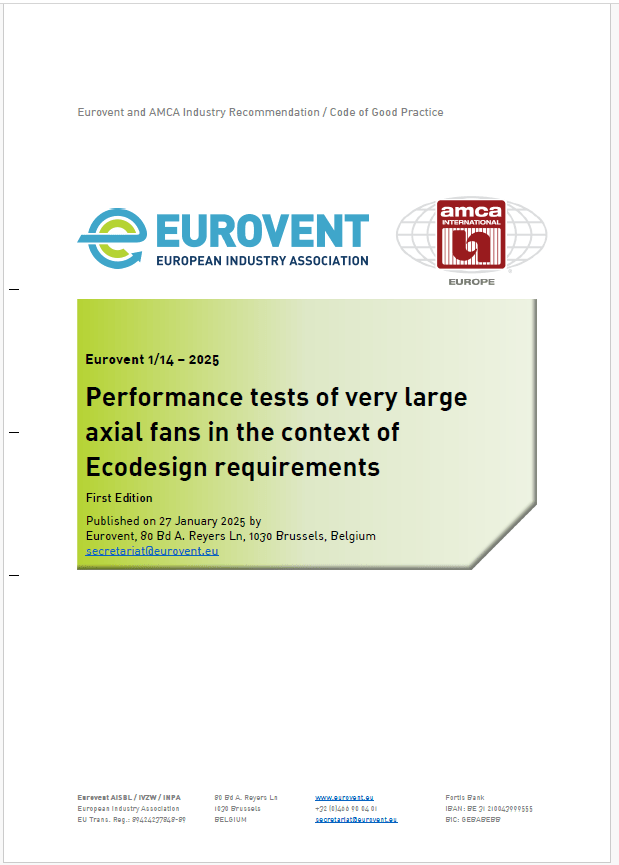Industry experts discuss the advantages presented by ISO 16890 as a reference standard for air filtration in general ventilation, the level of adoption in the Middle East and the urgent need to promote better practices and more stringent regulations to secure clean air for the future.

 The COVIDeurovent-market-intelligence/news/eurovent-market-intelligence/-19 outbreak undoubtedly underlined the importance of Indoor Air Quality (IAQ) and ventilation. Dr. Iyad Al Attar, Independent Air Filtration Consultant explains, “The importance of clean air to the well-being of people and for the protection of industrial equipment has highlighted the critical role of air filter performance.” Unfortunately, the pandemic also gave way to outdated, inadequate or simply incorrect information related to filtration circulating in the market.
The COVIDeurovent-market-intelligence/news/eurovent-market-intelligence/-19 outbreak undoubtedly underlined the importance of Indoor Air Quality (IAQ) and ventilation. Dr. Iyad Al Attar, Independent Air Filtration Consultant explains, “The importance of clean air to the well-being of people and for the protection of industrial equipment has highlighted the critical role of air filter performance.” Unfortunately, the pandemic also gave way to outdated, inadequate or simply incorrect information related to filtration circulating in the market.
Prominent organisations such as the World Health Organization (WHO) were not immune to this, having published a ventilation roadmap in March 2021, which referenced outdated filtration standards. Eurovent, Eurovent Middle East and several other industry experts advocated for the inclusion of the correct references in the roadmap and the WHO has since published a corrigendum, however the importance of creating awareness on the proper standards remains crucial.
“Accurate filter performance prediction plays a significant role in estimating the lifetime of filters and reducing energy and maintenance operating costs,” says Dr. Al-Attar. “Therefore, air filtration standards are sought to ensure the appropriate filter selection has been made for a specific application.”
Why care about ISO 16890?
ISO 16890 as a global air filtration standard for general ventilation replaces older standards such as EN 779 and ASHRAE 52.2. This standard is highly regarded by industry stakeholders due to improvements on the test methodology for filter performance, allowing a more realistic indication compared to previous standards. The test method defined in ISO 16890 shifts the focus on filtration performance to classes of particulate matter (PM) size, such as PM1, PM2.5 and PM10, which are used as evaluation parameters by the WHO and other authorities. Additionally, ISO 16890 expands on the particle spectrum from 0.3 to 10 microns compared to EN 779 test methods, which qualified fine filter performance from 0.4 microns and above. Ultimately, these practical improvements will help ensure that filter manufacturers, purchasing managers, engineers, and environmentalists can have a less complicated discussion, leading to a better air filter selection based on site conditions and project requirements.
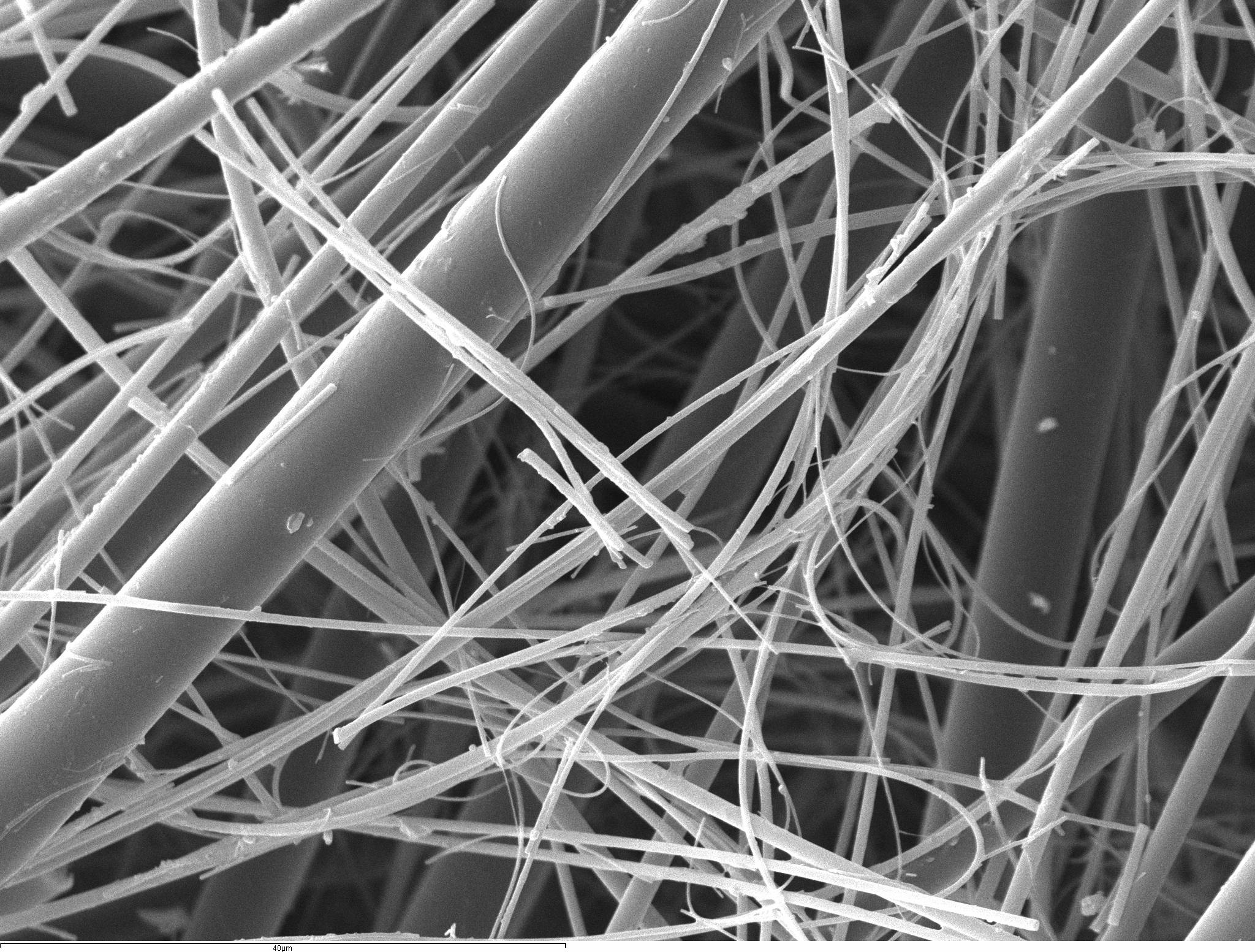

Figure 1: The inhomogeneous nature of filter media remains a challenge to performance variations (Image by Dr. Iyad Al-Attar)

 It’s important to not lose focus of what the ISO standard aims to achieve compared to its predecessors, as Dr. Al Attar elaborates, “The existing standard should be considered as initial guidance in any selection process. The change lies in the detailed specification/selection of the air filters, such as filter media (highly inhomogeneous) and filter design that would influence not only the efficiency against a specific particle size but the sustainability of such performance.” Building on this viewpoint, Nodirjon Rasulov, Business Development Manager, Camfil Middle East FZCO adds that the efficiency and pressure drop measurement test in ISO 16890 is wider than previous standards and points out that the isopropanol method of filter discharging has been selected over the wet process. “It discharges the filter thoroughly up to 100% without affecting the fibre structure of the filter.” says Rasulov. Sara Mokhtari, Export Director, AFPRO Filters, also highlights how “Fractional efficiencies of the filter prior to and after IPA discharge of any electrostatic properties can be seen.”
It’s important to not lose focus of what the ISO standard aims to achieve compared to its predecessors, as Dr. Al Attar elaborates, “The existing standard should be considered as initial guidance in any selection process. The change lies in the detailed specification/selection of the air filters, such as filter media (highly inhomogeneous) and filter design that would influence not only the efficiency against a specific particle size but the sustainability of such performance.” Building on this viewpoint, Nodirjon Rasulov, Business Development Manager, Camfil Middle East FZCO adds that the efficiency and pressure drop measurement test in ISO 16890 is wider than previous standards and points out that the isopropanol method of filter discharging has been selected over the wet process. “It discharges the filter thoroughly up to 100% without affecting the fibre structure of the filter.” says Rasulov. Sara Mokhtari, Export Director, AFPRO Filters, also highlights how “Fractional efficiencies of the filter prior to and after IPA discharge of any electrostatic properties can be seen.”


Slow but steady transition
While a natural transition period was to be expected, the awareness on ISO 16890 remains sorely lacking in the market which is problematic considering that, globally, air quality is deteriorating day by day, and the Middle East is no exception. Rasulov shares, “Although ISO 16890 has been effective from 2019 onwards, it has not overtaken old, existing standards,” he says. “In fact, now it is creating more confusion among engineers who have to deal with all air filtration standards.” Mirroring these sentiments, Mokhtari says that compared to Western Europe, there is a noticeable a lag in the adoption of ISO 16890 in the Middle East, with many still referring the much older EN 779 standard and ASHRAE.

 Dr. Marc Schmidt, Vice President Technologies Europe, AAF, adds that the GCC region has been slow to adapt however, there has been strong awareness among Air Handling Unit (AHU) manufacturers and, to some extent, end users in the UAE. “But there still is no regulation from authorities,” he adds. “That might be the reason why consultants seem reluctant.” Rasulov further confirms the lack of adoption by regulatory entities in the region. This however is mostly owed to the fact that ventilation equipment is still not governed by any technical regulation in the region, as Nerissa Deoraj, Executive Director of Eurovent Middle East confirms, pointing out that only the UAE through the Abu Dhabi Quality and Conformity Council (AD QCC) has referenced the standard in the Air Handling Unit Conformity Assessment Scheme and overall implementation is dramatically slow.
Dr. Marc Schmidt, Vice President Technologies Europe, AAF, adds that the GCC region has been slow to adapt however, there has been strong awareness among Air Handling Unit (AHU) manufacturers and, to some extent, end users in the UAE. “But there still is no regulation from authorities,” he adds. “That might be the reason why consultants seem reluctant.” Rasulov further confirms the lack of adoption by regulatory entities in the region. This however is mostly owed to the fact that ventilation equipment is still not governed by any technical regulation in the region, as Nerissa Deoraj, Executive Director of Eurovent Middle East confirms, pointing out that only the UAE through the Abu Dhabi Quality and Conformity Council (AD QCC) has referenced the standard in the Air Handling Unit Conformity Assessment Scheme and overall implementation is dramatically slow.


Such a slow adoption pace comes as no surprise, due to the mindset in the region and given that the two main criteria for filter selection is price and reuse. Other performance characteristics are often overlooked or not given due consideration. Dr. Schmidt says this can be attributed to lack of education and training and that the generally conservative nature of the business segment. Underlining the market’s unwillingness to adapt, Rasulov shares that most of the countries in the Middle East are still focusing on PM2.5 as the benchmarked source of particulate to be treated through air filtration. PM1, which ISO 16890 places in greater focus, remains relatively untouched.
“We must admit that changing the way we perceive filter efficiency and the approach by which filters are currently selected is challenging to the general public,” says Dr. Al-Attar. “Regionally and globally, filtration selection discussion starts with ‘What would a F7 or F9 filter class correspond to in ISO 16890?’. I believe it is better to understand the selection criteria before making any sweeping conclusion and comparing one filter between existing standards and ISO 16890.”
The patchwork of standards used in the region can be attributed to regional projects being designed abroad. “If it is designed in USA, in terms of HVAC and air filtration, the selection preferences would focus on ASHRAE standards,” says Rasulov. “If it is designed in Europe, the focus will shift to EN standards. If a project is specified in the region, I consider it a `hybrid` standard, where EN, ASHRAE, and ISO can be used to specify.”
In view of the important role the standard plays in promoting better indoor air quality, it is crucial for the industry to work together and advocate for the wider adoption of ISO 16890 on a legislative level and make provision for inclusion in existing policies and standards. “By upgrading the policy, it will provide direction instead of allowing markets to follow at random.” Rasulov adds that the standard should be mandatory to ensure organisations can enforce proper inspection in line with ISO 16890.
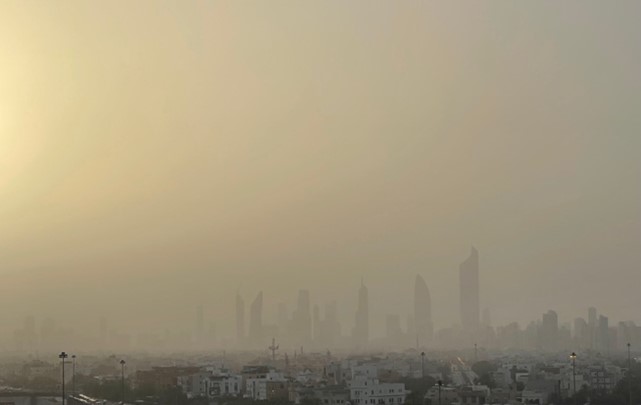



Figure 2.1 and 2.2: Sandstorms remain a challenge to filtration selections and standards (Photography by Dr. Iyad Al-Attar)
Another approach would be to strengthen communications with environmental ministries, and other sectors. “It would also be helpful to shift our focus to foundational information, integrating these updates in the standards as part of the university syllabus,” he says. “By doing that, we could nurture young generation to learn and easily adapt for upcoming changes in the industry.” Mokhtari is of the firm opinion manufacturers must also play an active role in this regard adding, “Education is the key to success. Market leaders should keep investing in educating their partners to create more awareness and promote adoption of ISO 16890.”
Having a clear understanding of the way the standard works is key to ensuring the best filter selection. The standard differentiates between three main Outdoor Air Categories (ODA), according to contamination levels. Once determining the Supply Air (SUP) category in accordance with the application requirements (general or industrial ventilation), engineers can easily select the recommended filter class based on the calculation of the ODA and SUP air levels. This facilitates easier filter selection which ultimately optimises the filtration system and impacts on the energy efficiency and indoor air quality.
There are several resources available to the industry to provide technical guidance related to air filtration and filter selection in accordance with ISO 16890. Eurovent Middle East also published two recommendations on air filtration and ventilation and recommendations for healthcare facilities. Refer to these recommendations and guidebooks for reliable technical guidance.
Related documents and links
All related documents and files can be found in the respective sections in the right sidebar.
- Eurovent Air Filter Guidebook – First Edition – 2017
- Eurovent Recommendation 4/23 – Selection of EN ISO 16890 rated air filters classes – Third Edition – 2020
- EME-GEN – 20004.00 – COVIDeurovent-market-intelligence/news/eurovent-market-intelligence/-19 Recommendations for Air Filtration and Ventilation
- EME-GEN – 20006.00 – COVIDeurovent-market-intelligence/news/eurovent-market-intelligence/-19 Recommendations for Healthcare Facilities
- REHVA Journal 01/2021 – Filter Class Conversion between EN 779 and ISO 16890eurovent-market-intelligence/news/eurovent-market-intelligence/-1
- WHO Roadmap to improve and ensure good ventilation in the context of COVIDeurovent-market-intelligence/news/eurovent-market-intelligence/-19 (Corrigendum)
- EME-REC – 21001.00 – Recommendations on WHO ‘Roadmap to improve and ensure good ventilation in the context of COVIDeurovent-market-intelligence/news/eurovent-market-intelligence/-19’








